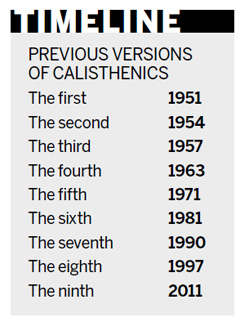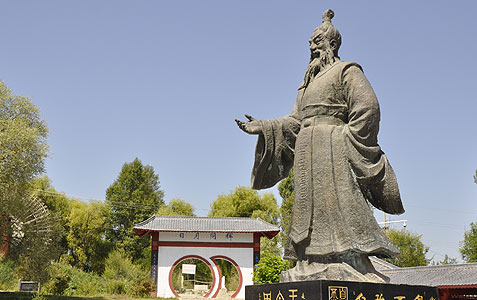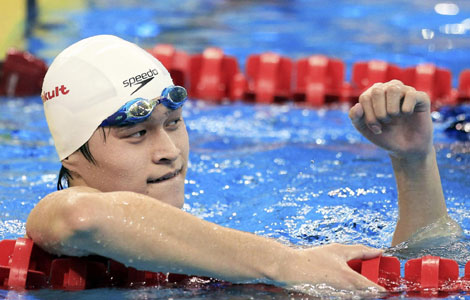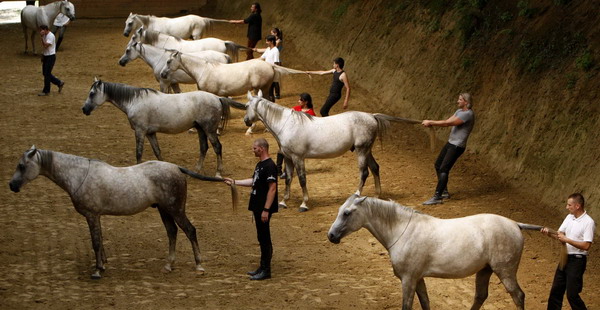Country adopts new calisthenics
Updated: 2011-08-09 08:02
By Cang Wei (China Daily)
|
|||||||||||
|
![People perform the newly released ninth version of official calisthenics in the General Administration of Sport on Monday. [Provided to China Daily] Country adopts new calisthenics](../../images/attachement/jpg/site1/20110809/0013729e48090faab7c118.jpg) |
|
People perform the newly released ninth version of official calisthenics in the General Administration of Sport on Monday. [Provided to China Daily] |
BEIJING - China released a video and information on Monday about its ninth version of an official calisthenics regimen in an attempt at further improving citizens' health.
The calisthenics will be practiced by most of the students in the country's primary schools and high schools and in some universities.
At about 10 am on most mornings, Chinese students can be seen standing in lines on playgrounds or open spaces on campuses, stretching their arms and legs to the accompaniment of music. The gatherings also often attract some working people, the retired or those who simply take an interest in calisthenics.
From 1951 to 1997, the country released eight official calisthenics regimens, which have constituted an important routine in the lives of successive generations of Chinese people.
|
 |
The ninth version, compared with the previous ones, makes more use of movements that have been designed with the aid of science and is aimed at helping practitioners stay in shape, said Feng Jianzhong, deputy chief of the General Administration of Sport of China.
"The new calisthenics, which took researchers one year to devise and modify, are one of the most economical, practical and scientific ways to exercise the body," Feng said.
Zhang Ping, deputy leader of the group that designed the new regimen, said the calisthenics take about four minutes to complete and will help those who do them cope with the pressures exerted by modern life. They will also help to prevent obesity and high cholesterol, which are becoming more common among Chinese students and adults.
"Experiments have shown that it can also significantly strengthen the heart and lungs and combat the health problems that are caused by a lack of exercise," Zhang said.
She also said the movements are simple enough for ordinary people to learn. And they will be led by a recorded female voice that has been made softer to make people feel more comfortable doing the exercises.
Despite the regimen's promised benefits, many students cease doing calisthenics after they graduate from school. And few Chinese play sports, either because they are too busy or because they haven't made them part of their daily or weekly routines.
And there are critics of the regimens.
"I think broadcast calisthenics lack flexibility," Ge Xu, a student at Peking University. "Its organized movements leave no room for the personality and people's freedom."
"I was a marathon runner before, and I noticed that you can only get good results from exercise when you are in a relaxed atmosphere," he said. "Broadcast calisthenics, which are done at a fixed time on campus and do not suit everyone's personality, don't produce such an atmosphere."
Feng said star athletes and the Internet will play a part in spreading the new calisthenics regimen.
On Monday, the country's National Fitness Day, a series of national fitness programs were also introduced across China to promote participation in sports. In 2009, the State Council deemed Aug 8 the National Fitness Day.
Yu Haiping contributed to this story.
Hot Topics
Anti-Gay, Giant Panda, Subway, High Speed Train, Coal Mine, High Temperature, Rainstorm, Sino-US, Oil Spill, Zhu Min
Editor's Picks

|

|

|

|

|

|







